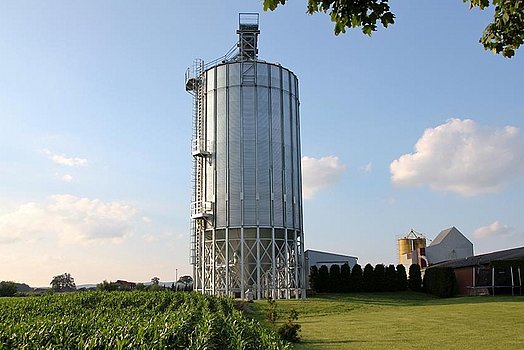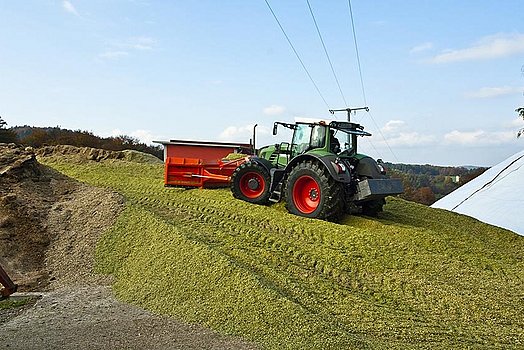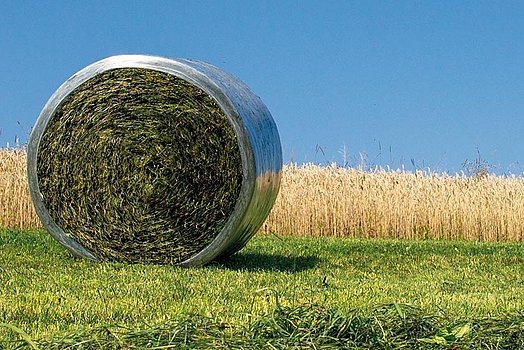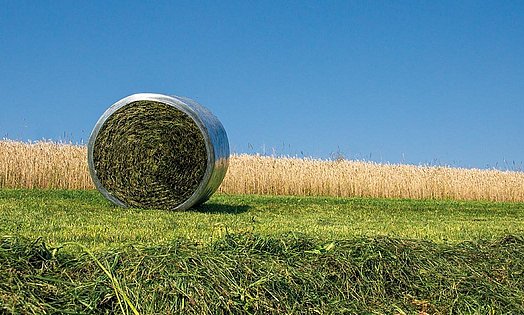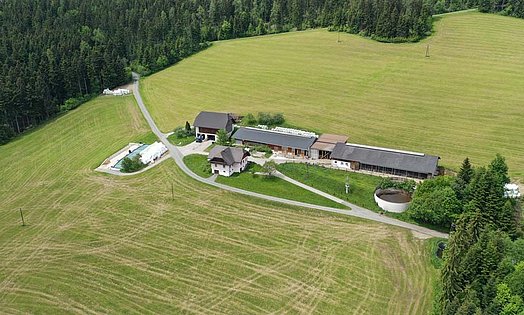Bale silage pays off
Silage has become an indispensable staple in modern agriculture. Largely unknown in our region just a few decades ago, it is entirely commonplace today. However, there are few who realize that silage has had a long history.
An excursion into the history of silage
The term “silo” stems from the Greek word "siros", which originally referred to an airtight subterranean food store.
It is assumed that grain was kept in such stores as early as 7,000 BC . Excavations in Egypt and Carthage also uncovered silos that were in use between approx. 1000 and 1500 BC. Later, the 19th century witnessed frequent attempts to improve on silage and develop new methods which, however, did not yield the desired results.
It was not until 1877 that a French farmer published the first manual on the subject of silage. Great strides in silage technology were then made starting in the 1920s - primarily in England, Ireland, and Scandinavia. Austria, however, did not see the production of the first grass silage round bales until the late 80s. Yet, the new method met with a great deal of skepticism, which was later overcome when science clearly and decisively proved that the feed gathered from silage was of high quality and rich in nutrients. These findings prompted many farming businesses to abandon tapered tower silos in favor of bale silage or even bunker silos.
Varieties of silage with their pros and cons
The most widely known types of silage are probably bale silage, bunker silos, bag silos and tapered tower silos. The type of silage that is right for an individual business hinges on a number of factors such as the area and size of the farm.
Bunker and bag silos
Bunker and bag silos are still the silos of choice for many farms - especially large farms. While they can definitely be cost-efficient, these types of silos come with certain downsides.
Firstly, erecting such silos requires a sizable upfront investment. Another requirement is that the builder pick a reasonable size, which, however, depends on the number of animals to be fed and, thus, calls for calculations that need to factor in future developments.
Other factors to be considered: what type of feed will I use? What is the size of my daily feed rations? How many feeding days are there in a year?
Unless all of these factors have been considered carefully, the silo operators may experience that the bunker silos do not carry the capacity needed for the fermentation to finish properly. When later removing the feed, the farmers may find that the feed is fermenting again, resulting in substantial losses in nutrients.
Bale silage
Packaging the feed into silage bales undoubtedly offers a host of advantages. Provided they are the product of good and proper silage practices, the feed units will be of high quality and a convenient size.
In contrast to bunker silos, bale silage does not involve the risk of losses in nutrients when the silage is opened on account of the fact that the silage bales are used up quickly, leaving next to no time for the feed to ferment again.
The benefits of silage bales truly come to the fore in mountainous regions. The exceptional flexibility of this silage method allows the farmer to respond to different ripeness dates and qualities and ensile the material when the right moment has come. Another advantage is the ability to safely ensile smaller amounts of harvested material.
Lastly, storing the material is also as easy as can be. Storage merely requires a firm and clean subsurface rather than constructed facilities.
Learn more about this topic here
Another plus is that trading the silage bales is a cinch as well. Forming a sealed fermentation container, silage bales can be traded and transported comfortably.
Are you interested in bale silage?
Discover the products we have devised for silage processing
Your personal partner will be happy to advise you on the topic:

